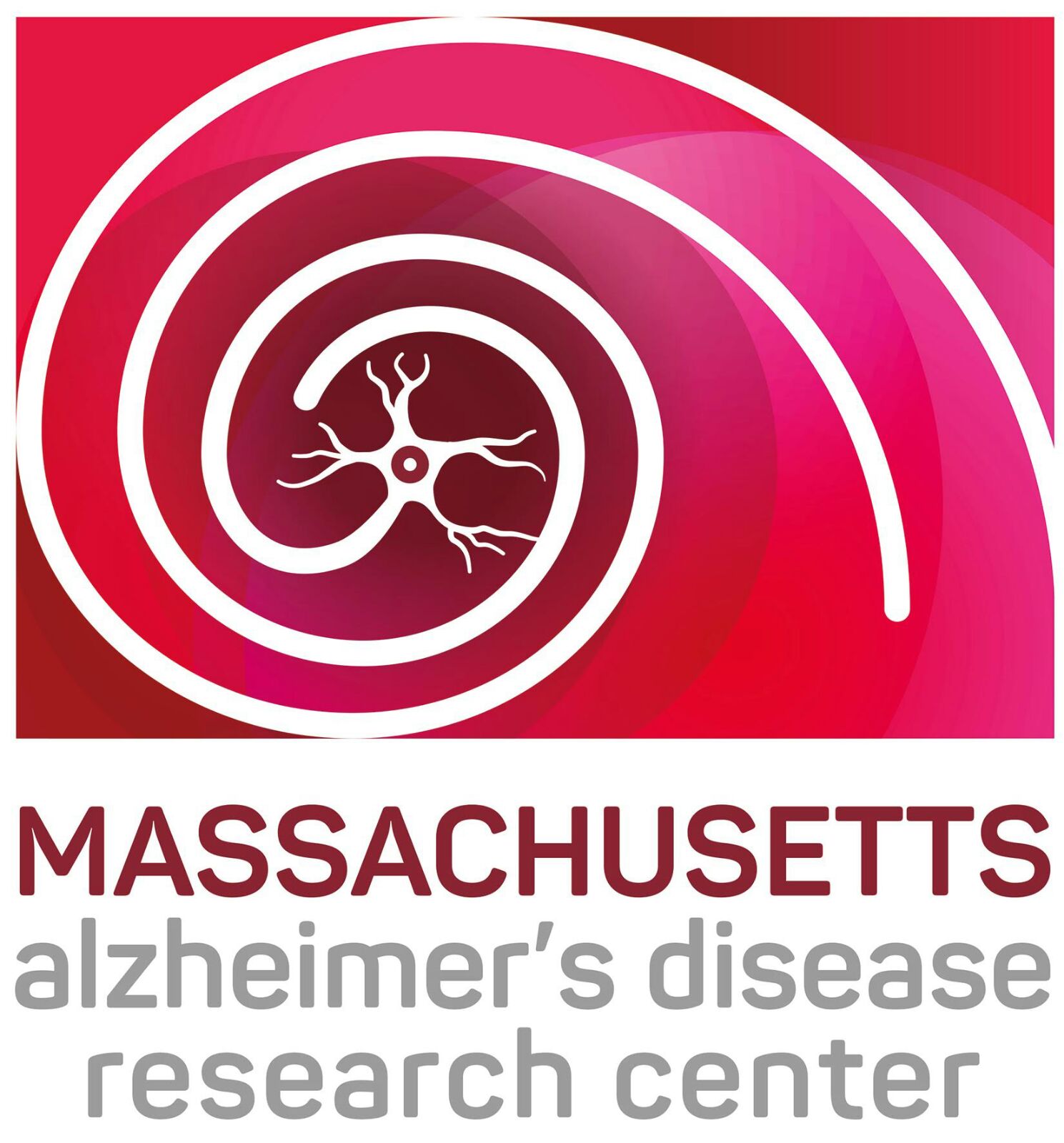The study of autosomal dominant Alzheimer’s disease (ADAD) has substantially improved the understanding of the pathophysiology of the disease. Yakeel T. Quiroz, PhD, director of the Familial Dementia Neuroimaging Lab and the Multicultural Alzheimer’s Prevention Program at Massachusetts General Hospital, and colleagues previously characterized approximately 1,200 members of the world’s largest known extended family with ADAD in Colombia, South America, who carry a missense mutation encoding a glutamate-to-alanine substitution at codon 280 in the presenilin-1 gene (PSEN1) E280A.
The PSEN1 E280A mutation leads to overproduction of amyloid-β42, and affected people generally develop mild cognitive impairment (MCI) at a median age of 44 and develop dementia at a median age of 49.
In Nature Medicine, Dr. Quiroz, Joseph F. Arboleda-Velasquez, PhD, MD of the Schepens Eye Research Institute of Mass Eye and Ear, and an international team of researchers report on one such mutation carrier who was cognitively unimpaired until her seventies, when she met criteria for MCI, nearly three decades after the typical age of onset. Her case is vitally important because it suggests new directions for treating and even preventing AD.
Whole-exome sequencing and DNA sequencing revealed that the woman had two copies of the rare Christchurch mutation in APOE3 (APOEch). This is an arginine-to-serine substitution at amino acid 136 (R136S), corresponding to codon 154. APOE is the principal susceptibility gene for late-onset AD.
